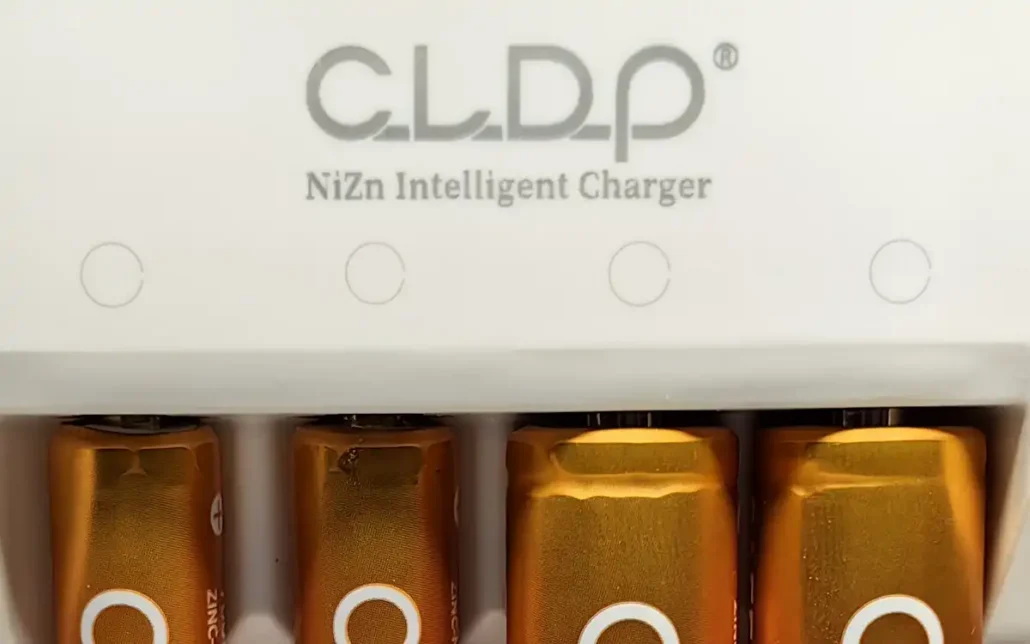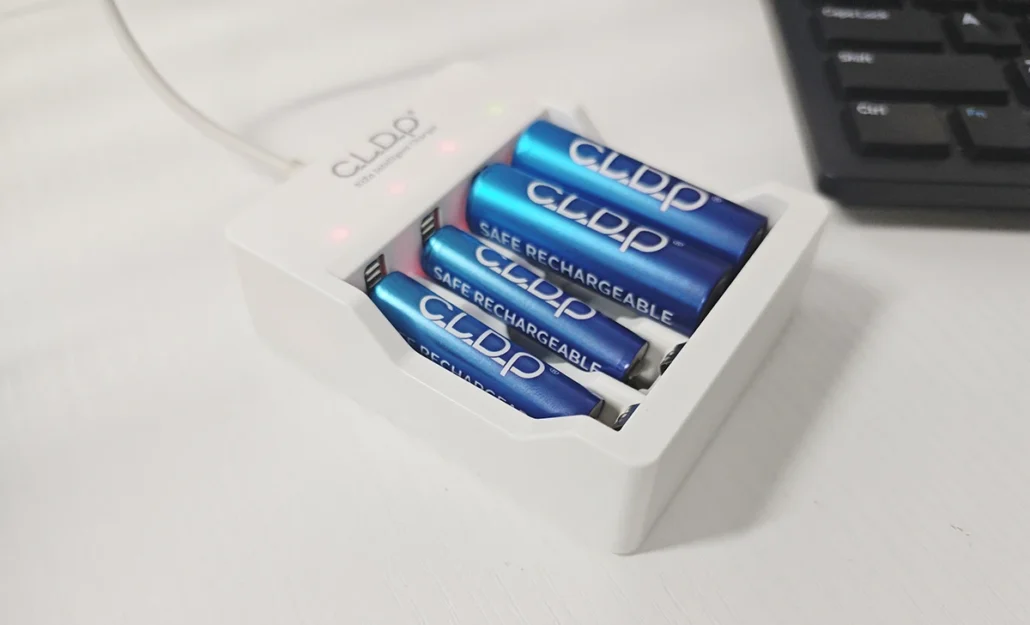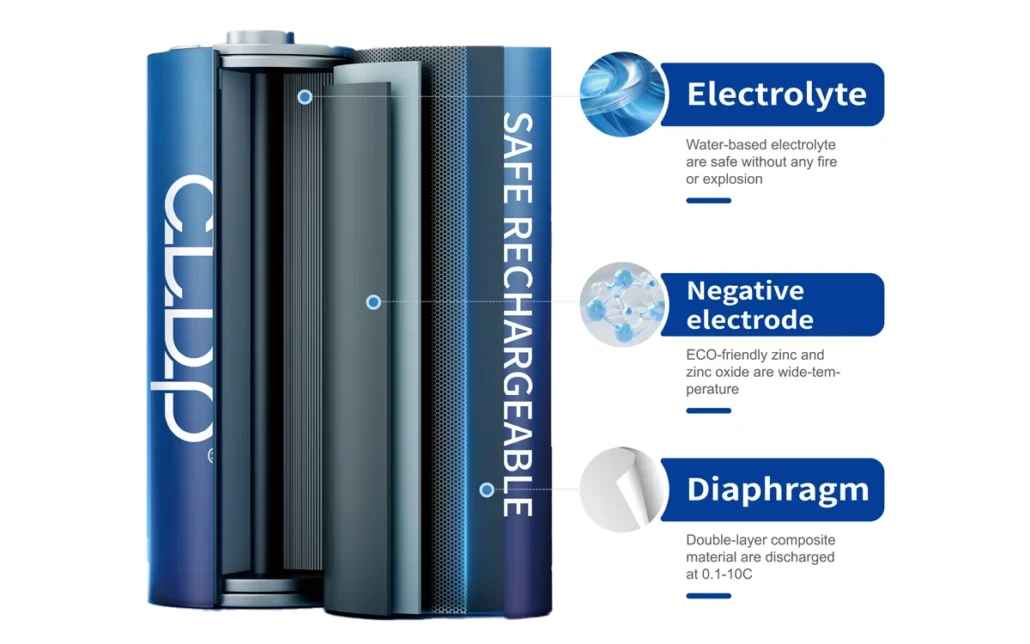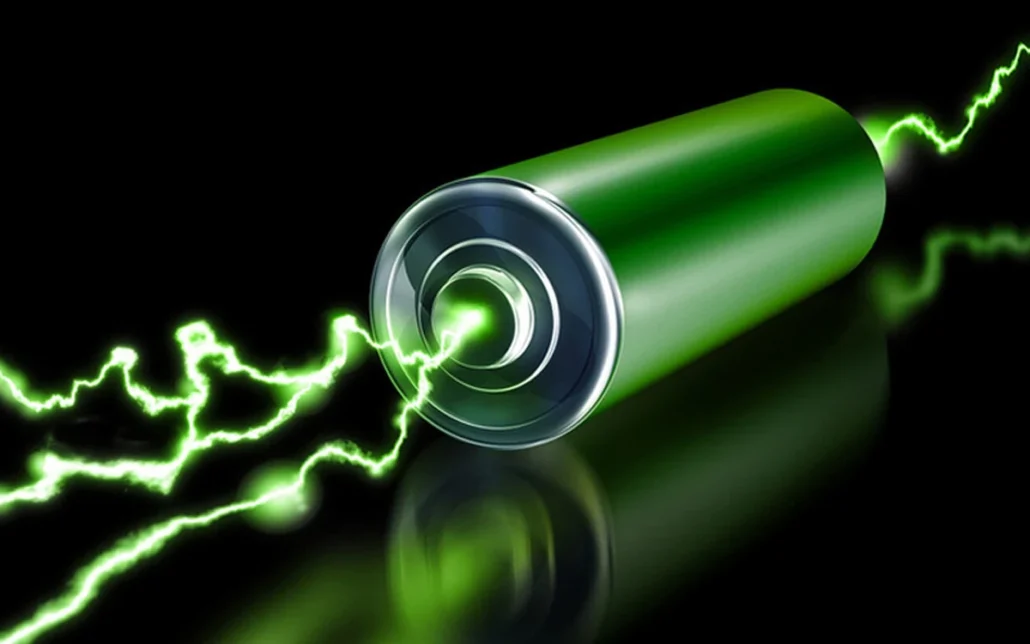Compared to lithium batteries, zinc nickel batteries have higher safety performance, but there are still some precautions to be taken during use. Below, we will introduce the safe use guide for zinc nickel batteries through usage, storage, charging, recycling, and other methods.
Notice before use
Confirm battery specifications and device compatibility
Voltage matching: The voltage of zinc nickel rechargeable batteries is usually 1.6V (higher than the 1.2V/1.5V of nickel hydrogen/alkaline batteries), and it needs to be confirmed that the equipment can use alkaline batteries.
Prohibited scenario: It is strictly prohibited to use in voltage sensitive devices, as high voltage may damage the equipment. Some toys or devices indicate that alkaline batteries are prohibited, so zinc nickel batteries cannot be used either.
Check the appearance and sealing of the battery
When purchasing, it is necessary to check whether the battery has any defects such as breakage, scratches, deformation, stains, electrolyte leakage, etc.
Safe operation during use
Correct installation and replacement
Installation direction: Strictly follow the “+” and “-” polarity marked in the equipment manual for installation. Reverse installation may cause battery heating, leakage, and even damage to the equipment.
Differentiation between old and new batteries: It is not allowed to mix old and new batteries (as the difference in internal resistance may cause the old battery to be over discharged). The same brand, model, and batch of batteries should be used in the same device.
Avoid excessive discharge
When the device prompts “low battery” or shows a significant decrease in performance, the battery should be removed in a timely manner to avoid overdischarging. It is recommended to check the battery status of low-power devices (such as remote controls) every 3 months to prevent over discharge caused by long-term idle.
Monitor usage temperature
If the battery becomes hot during use (temperature exceeding 50 ℃), it should be immediately stopped and removed to check if it is caused by equipment failure (such as short circuit) or battery aging.
Charging safety regulations
Choose a dedicated charger
It is necessary to use a zinc nickel battery specific charger (labeled “Zn Ni” or “Zinc Nickel”), or a universal charger that can charge zinc nickel batteries, to avoid using nickel hydrogen (Ni MH) or lithium-ion (Li ion) chargers, which may cause overcharging due to mismatched charging voltage and current.
Charging environment requirements
Good ventilation: Charge in a cool and dry place (such as a desktop or charging rack), away from flammable materials (such as paper or fabric), and avoid direct sunlight. Please charge in an environment between 0 and 40 degrees Celsius.

Storage
Suggested storage temperature: -20 ℃~30 ℃
Short term storage (1-3 months)
Maintain a semi charged state (voltage of approximately 1.6V), which can be fully charged and discharged to 50% of its capacity, avoiding full or empty storage.
Store in insulated containers (such as plastic boxes) to avoid short circuits caused by contact with metal objects (such as keys, coins).
Long term storage (more than 3 months)
Perform charge and discharge maintenance on the battery every 3 months (cycle once) to prevent capacity degradation caused by electrode plate vulcanization.
Storage environment: When the battery is stored in environments not exceeding 30 ℃, 40 ℃, and 50 ℃, it should be charged every 4 months, 3 months, and 1 month, respectively.
Scrap and Recycling Processing
Do not dismantle, burn or dispose of in the sewer. Please follow the local government’s recycling regulations for disposal. If there are no special regulations, it can be disposed of together with dry garbage.
Child and pet safety
Placement: Store the battery in a high place that is out of reach of children and pets (such as drawers, cabinets) to avoid accidental ingestion or play.
Education warning: Inform children that batteries are not toys and should not be chewed or put in their mouths (damaged battery shells may release toxic substances).
Handling of accidental ingestion: If a child accidentally ingests a battery, seek medical attention immediately.
Summary: Core Principles of Safety
Compliant use: Match the device with the charger to avoid overcharging, overdischarging, and extreme temperatures.
Regular inspection: Check the appearance of the battery before each use and regularly maintain the storage status.
Environmental disposal: We will never dispose of it casually and recycle it through formal channels.
Following the above guidelines can minimize the safety risks of zinc nickel batteries and ensure their safe application in home, office, and other scenarios.




